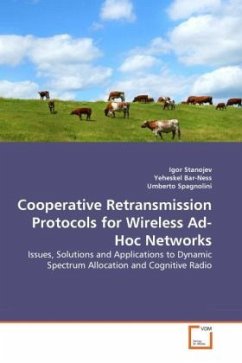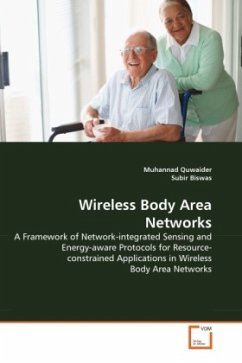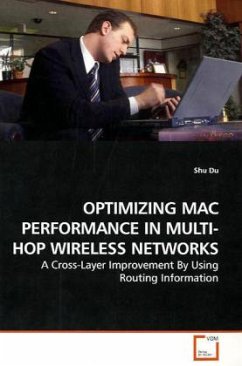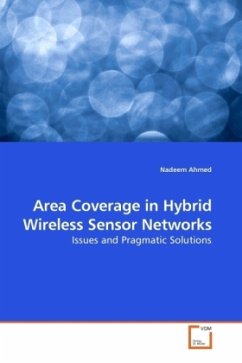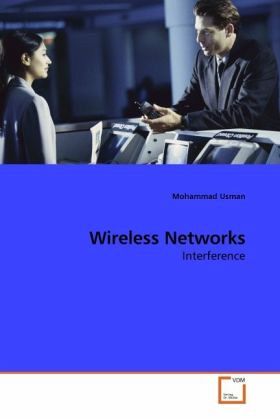
Wireless Networks
Interference
Versandkostenfrei!
Versandfertig in 6-10 Tagen
39,99 €
inkl. MwSt.

PAYBACK Punkte
20 °P sammeln!
In this thesis we study the effect of interference and methods of coping with it in a wireless network. We approach the problem from three different perspectives. The rst which involves physical layer is a method to cancel out interference in a multi-access channel. We consider J transmitter units each equipped with N transmit antennas over wireless Rayleigh fading channels. Previously, it was proved that when each transmitter unit has N transmit antennas, using (J 1)N + r receive antennas for any r 1, the receiver can completely separate the signals of J users. The provided diversity to each ...
In this thesis we study the effect of interference and methods of coping with it in a wireless network. We approach the problem from three different perspectives. The rst which involves physical layer is a method to cancel out interference in a multi-access channel. We consider J transmitter units each equipped with N transmit antennas over wireless Rayleigh fading channels. Previously, it was proved that when each transmitter unit has N transmit antennas, using (J 1)N + r receive antennas for any r 1, the receiver can completely separate the signals of J users. The provided diversity to each user was shown to be N r if the units employ space-time trellis codes even if the units transmit asynchronously. Here, we consider the case when all units are synchronized and employ Quasi-Orthogonal Space-Time Block Codes (N 2). It is proved that in this case a receiver with xvi J + r 1 antennas, with r 1, can separate the transmitted signals of all units and provide each unit with a diversity order of N r.




